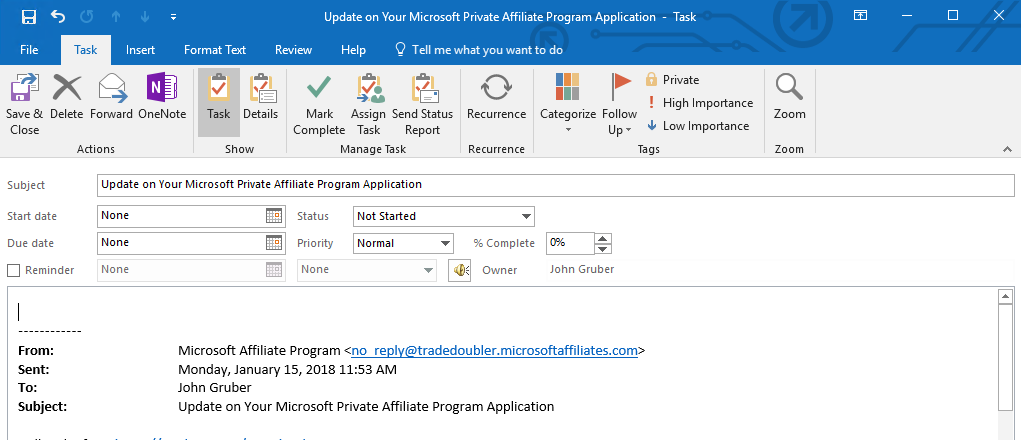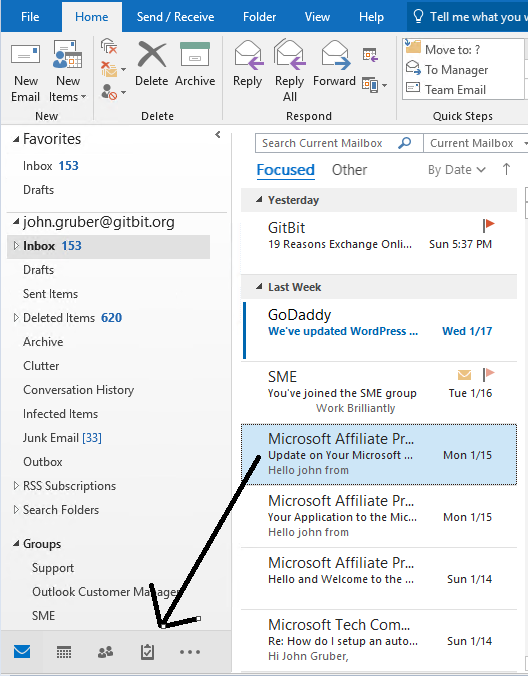
When you are done dragging the line, all rows will be resized to the size you chose. When you get the resize cursor, drag up or down to resize the row. Select the box in the top left corner of the view to select the entire view. Right-click the header of the column you no longer want the text to be wrapped for, and choose Wrap Text. You can use this when you no longer want the text to be wrapped to multiple lines. Here's a quick way to adjust all rows to the same height. To unwrap text, drag the bottom border of the row heading up until the text is on one line again. Just select the rows, and then drag the bottom of the row heading of the last row in the selection to the height you want. Use the Zoom control at the bottom of the Reading pane to increase the size of the contents (or make it smaller if it’s too large).Tip: You can adjust the row height for multiple rows at the same time. The Reading pane can also help you read messages that are in a smaller than usual font, or if-as we’ve occasionally done-you’ve left your reading glasses at home.

You can display the panes again by clicking the Normal mode icon. This minimizes any other pinned panes-Navigation, To-Do, and People-to let you focus on your messages. If you’re not working in portrait orientation and you want a little more screen real estate to view your messages, you can switch to Reading mode by clicking on the icon at the bottom of the Outlook window. This won’t work if you select the message using the Up and Down arrows or the spacebar-only if you select the message using the trackpad/mouse or your finger.
#HOW TO WRAP TEXT IN TASK IN OUTLOOK FULL#
This is for tablet users, and if it’s switched on then when your tablet is in portrait orientation, clicking a message minimizes the Navigation pane, hides the reading pane, and displays the selected message using the full screen. This works well in conjunction with using the Up and Down arrows to navigate through your folder-they let you move through the folder, and the spacebar lets you move through the selected message.įinally, there is the “Turn on automatic full-screen reading in portrait orientation” option. When you reach the end of the message, hitting spacebar moves to the next message. When you reach a message that’s longer than the Reading pane can show, you can hit the space bar to move down a page in that message. The next option, “Single key reading using space bar” is really useful if you like to navigate using the keyboard. If you want Outlook to wait more than a few seconds then you might prefer the second option, “Mark item as read when the selection changes.” This is an either/or situation: you can tell Outlook to mark items as read after a particular time, or you can tell Outlook to mark items as read when you move to another item, but not both. You can change this time to anything from zero (i.e., it’s marked as read immediately when you select it) to 999 seconds. Out of the box, Outlook will “Mark items as read when viewed in the Reading Pane” after five seconds. Whichever way you choose, the Reading pane window will appear. You can also go to File > Options > Mail > Reading Pane (or Advanced > Reading pane) to open the same options. Of course, this being Outlook, there are other ways to access these options.

By default, Outlook marks a mail as “read” once you’ve spent five seconds with it selected, but you can change this by going to View > Reading Pane and selecting “Options.” It also determines how Outlook marks messages as read and lets you move through your messages using a single key.


#HOW TO WRAP TEXT IN TASK IN OUTLOOK HOW TO#
RELATED: How to Create and Customize a Folder View in Outlookīut the Reading pane does more than show you the contents of your message. You’ll have to experiment with it to see what you think. Some people love this setting some find it too cluttered. But if you set Message Preview to 1 Line, 2 Lines, or 3 Lines, you’ll also see 1, 2 or 3 lines of the content of each message, without needing the Reading pane. This means that you just see the information shown in the columns in the folder-To, From, Subject, Received, and so on. In the standard folder view, Message Preview is turned off. This is a useful option if you’re clearing out mail, especially if you use it in conjunction with the View > Message Preview function. Setting the pane to “Off” maximizes the number of items you can see in the folder, but you don’t see any of the mail content. This was the traditional view before the advent of wide-screen monitors, and many people still favor it. Setting the pane to “Bottom” means you see fewer messages in the folder, but you see more details about that message and more of its content in the Reading pane.


 0 kommentar(er)
0 kommentar(er)
